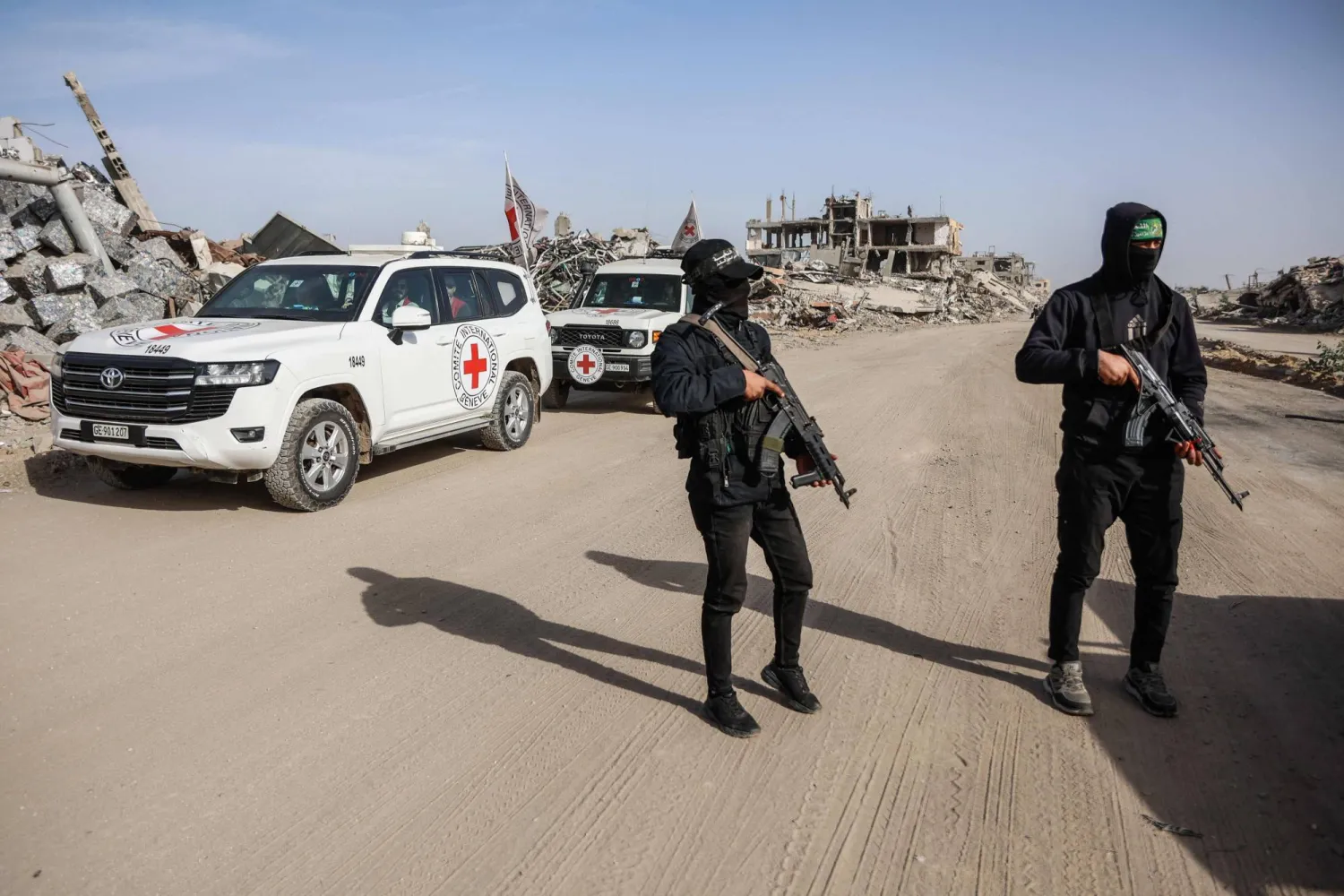A comparison of the current human and material losses from the ongoing Hezbollah-Israel conflict with those from the July 2006 war shows that current losses have doubled.
Experts warn that the reconstruction funds and aid pledged to Lebanon 18 years ago may have limited impact once the war ends.
Total Losses
Mohammad Shamseddine, a researcher from Information International, told Asharq Al-Awsat that the death toll has risen from 900 in 2006 to 2,865 in the current conflict (as of October 31, 2024), with the number increasing daily. The number of wounded was 4,000 in 2006, but it has now exceeded 13,047.
In 2006, 600,000 people were displaced, while today that number has surpassed 1.2 million. Of these, 189,174 are in shelters. A total of 358,133 Syrians and 172,604 Lebanese have fled to Syria, and 120,000 have sought refuge in other countries.
Lebanese Economy and Trade Minister Amin Salam estimated that Lebanon’s total economic losses from the current conflict have reached $20 billion. However, economic associations report direct losses between $10 billion and $12 billion, covering damage to key sectors, homes, buildings, and infrastructure.
These figures align with estimates from Shamseddine, who believes direct and indirect losses are around $10 billion.
Of this, $4 billion occurred from October 8, 2023, to September 17, 2024 (when the conflict was mostly limited to the south), and $7 billion from September 17 to October 31, 2024, after Israel expanded the war. For comparison, losses during the 2006 war totaled $5.3 billion.
In 2006, infrastructure damage was valued at $900 million, higher than the current war's $570 million in infrastructure losses.
Housing losses in 2006 totaled $2.2 billion, while they have now surpassed $4.26 billion. Mohammad Shamseddine points out that commercial losses were similar in both conflicts, at $4.7 million.
Agricultural and environmental losses in 2006 were $450 million, but now exceed $900 million. Indirect economic damages were $1.2 billion in 2006, while they have now surpassed $3.38 billion.
One notable difference is the number of airstrikes: from October 8, 2023, to October 31, 2024, there were 11,647, compared to just 3,670 during the 33-day 2006 war.









